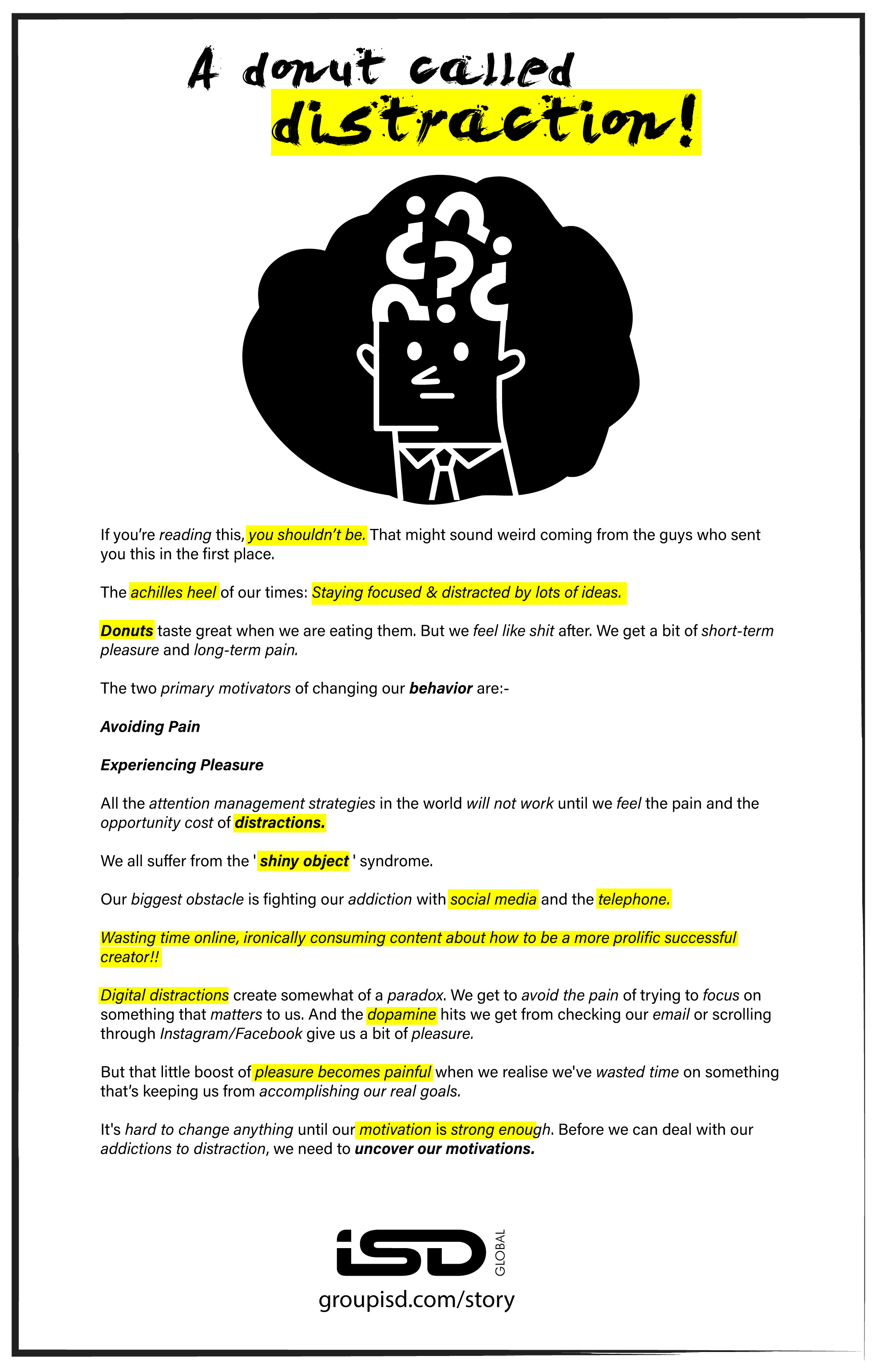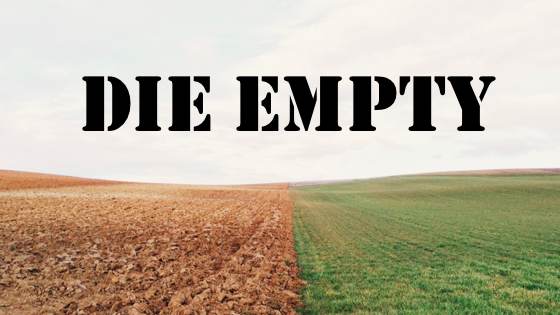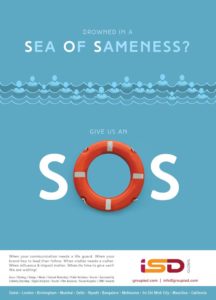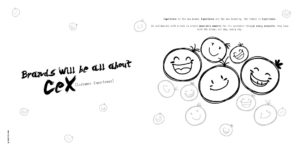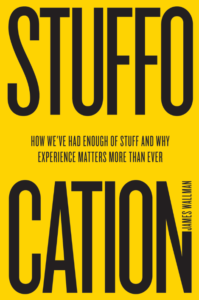“Half of the troubles of this life can be traced to saying yes too quickly and not saying no soon enough.”
“It’s only by saying NO that you can concentrate on the things that are really important ”, said Steve Jobs. There are a lot of occasions when we actually want to say no, but we end up saying maybe, which in a lot of situations later migrates to an unconvincing yes.
Don’t leave anything incomplete – and NO is a complete answer. And when articulated with authority and conviction, does not leave any room for negotiation.
On the one side of saying no are the risks associated with it- coming across as negative, offending someone, being a party pooper, risking relationships or even putting our own reputation on the line.
But the flip side of it is that it gives you empowerment, distills the wheat from the chaff and gives us greater agency in our lives.
When we say yes to something, we are saying no to something else.
It’s a double-edged sword. People are super anxious about saying no because they are concerned about damaging relationships with the yes harming their own reputation. There is a way to address that apprehension. In her book, ” The Power Of Saying No ” , Vanessa Patrick ( Professor of Marketing at the Bauer College of Business, University of Houston), introduces what she calls “empowered refusal,” a way of saying no that’s rooted in one’s identity, values, priorities, and preferences. “An empowered no,” she says, “is about us, not a rejection of the other person.”
This notion of empowered refusal is really interesting because it’s one vehicle through which we can claim and publicly state our values. So, a “don’t” is different from “can’t.” And that helps us be definitive, helps us set clear set boundaries, and reduces the likelihood of pushback. So that’s very useful.
That being said, as we all know, you do come across people who refuse to take no for an answer- no pun intended. We have to deal with those pushy askers. One such way is to lean on technology. Research shows that we are 33 times more likely to say yes to a face-to-face request.
You know, sending no by email is much easier than repeating your no face to face. Sometimes, all it takes is an emoji with a thumbs-down sign, and that communicates no more than words can. All of us certainly feel more comfortable with a refusal that is virtual than one that is in person.
You have a right to say no. Most of us have very weak and flaccid ‘no’ muscles. We feel guilty for saying no. We get ostracized and challenged for saying no.
It is simple to say no when your priorities are in order. Learn the art of saying no. Don’t lie. Don’t make excuses, don’t over-explain yourself. Just simply decline. Saying NO means you know your limits.
” When you say YES to others, make sure you are not saying NO to yourselves.”- Paulo Coelho
ENDS

